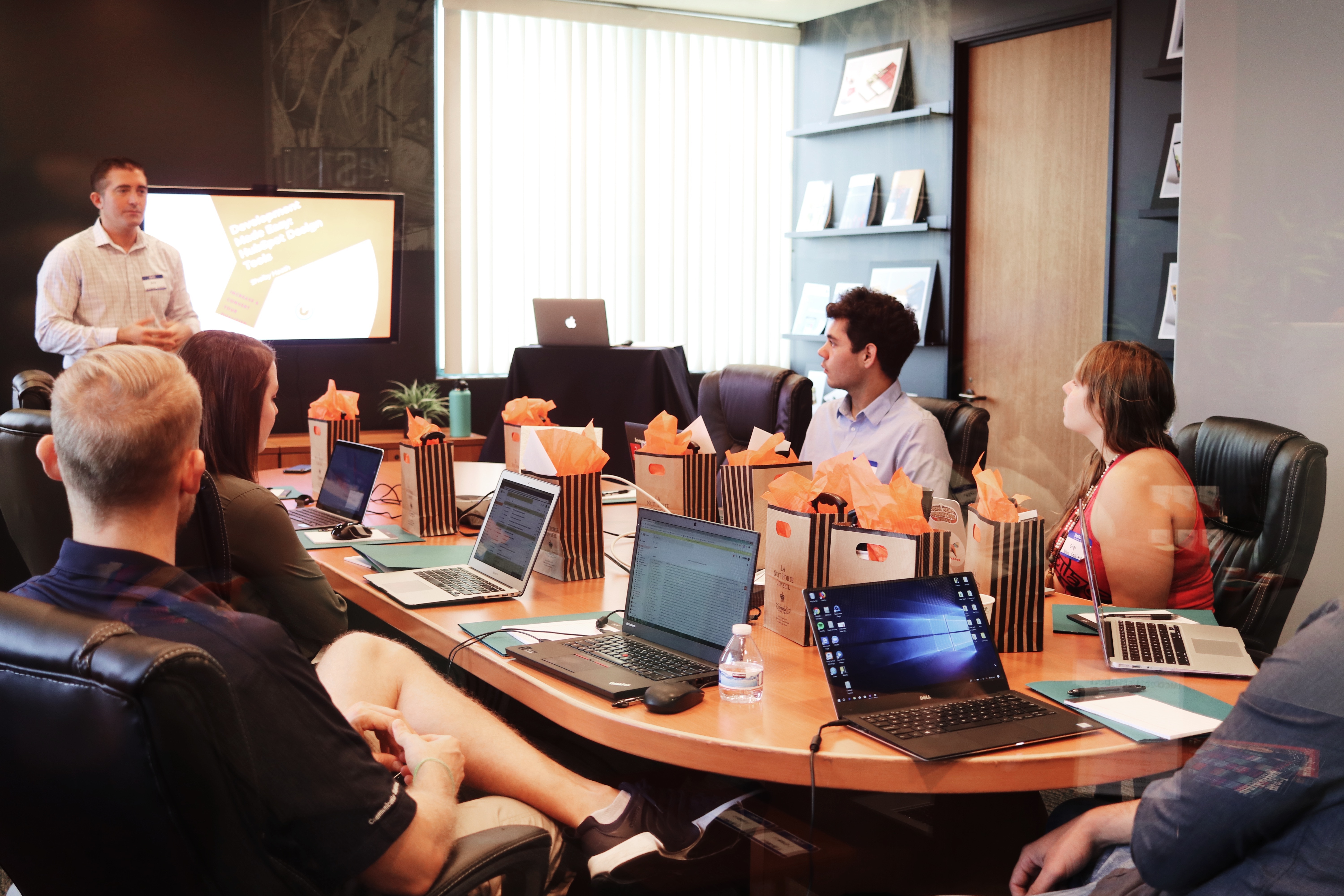
How do we do what is right by the people of our organization while protecting the company’s bottom line? The answer lies in reimagining the way we plan our strategies. Rather than relying on the age-old method of “top-down” thinking, we need to consider a new, more effective approach, that begins at the bottom and works its way up. This is a method we employ at TTI Success Insights and it works.
The concept of Messy Strategy is based on a “bottom-up” strategic planning process. Messy Strategy involves every employee seeing themselves in the company’s overall plan. This strategy succeeds when all employees have input in the plan and work toward a common goal. When the entire staff feels like they are a part of the planning process, they take ownership of the plan, even if their own personal contribution is a very small part of the overall strategy.
What is Messy Strategy?
What if an organization had a roadmap to achieve consistently high-levels of success? What if the organization was able to bubble up all the unique and diverse ideas from the receptionist to the CEO, hearing the voice of every employee and incorporating that into the strategic plan? Imagine the results a company could achieve if every employee felt heard. What would that do for employee morale and engagement?
At TTI Success Insights, we use this approach and have been extremely happy with the results. It starts out with leadership asking the staff for candid feedback to an annual company survey. Year after year, our people contribute more and more constructive feedback, which gives us a better perspective of where we are and where we need to go.
An important thing to understand about the process is that it can be a significant investment of time - and messy - thus the name, Messy Strategy. In our case, the process involves reading hundreds of pages of feedback from employees. Going line by line, we read every single word that is written.
Messy Strategy may be intense, but it is also very invigorating. It gives us the intelligence we need to be able to formulate a plan that makes sense for our business. As leaders, we may believe we know exactly what the organization needs, but it's not until we get the feedback from the entire staff that we fully understand the breadth and depth of the organization's challenges.
Once all the feedback is read, we brainstorm ideas, pasting a countless number of sticky notes on the walls. This helps us sort out what to do now, in the near future, in the distant future and whenever we get to it.
The key takeaway is that it’s not top-down, it’s bottom-up. Messy Strategy means hearing, feeling and understanding what every employee is thinking. Employees want to see themselves in the company plan. When they feel they are heard and that their input matters, they buy in. Having the ability to achieve a bottom-up strategy will give you a top-down confidence to execute your strategic plan.
How to make Messy Strategy work effectively
A few basic tenets need to be in place for Messy Strategy to work effectively. Organizations need to have a tolerance for failure, but not be willing to accept incompetence. Experimentation is acceptable if implemented with a highly disciplined approach. Brutally candid communication throughout the organization allows recalibration if the plan veers off course. Any member of the organization should be encouraged to speak up if something is not working.
Collaboration with individual accountability ensures everyone does their part. Finally, over communicate! Too much communication, rather than not enough, helps to address any uncertainty and confusion that may arise within an organization.
7 Techniques to Messy Strategy
Make sure the process fits your organization. Consider your company's culture and employ a process consistent with that culture so the process feels natural. There is no one-size-fits-all approach to Messy Strategy. Do what feels right for your company.
Plan for planning. Be very strategic about dates and times. If possible, break up planning sessions to provide time for reflection. Start with a deep dive, then pause and reflect. We tend to get overly optimistic during planning, so having time to reflect brings real-world perspective back into the process.
For us, taking a break between sessions, or having a day to contemplate the multitude of ideas, provides perspective. Time gives us a true feel for whether or not a strategy makes sense and is viable.
It’s recommended to do the planning on-site if your company has the right space. When employees see the leadership team working diligently to create a solid plan, it’s energizing to the staff. Off-site strategy can easily be misperceived by employees as leisure time for leaders. Let them see you working hard!
Give voice to the entire organization. Get a pulse on the culture. A great question to ask is, “If there is one thing you can change about the organization today, what would it be - and why?” Be sure to ask that question! It’s better to know what issues your employees have with your organization now, so you can make every attempt to correct any shortcomings. Try to ask the same questions year after year to find trends and common themes.
We didn't realize our need as a company for a human resources professional until that fact came to light consistently during our surveys. Once we had that information, we took action by creating a new position and hiring a great candidate to fill it. The employees know they are being heard.
Identify “start, stop and continue” behaviors and actions. Figure out what is working, what isn’t and what is currently missing. This concept pertains to individuals and the organization as a whole. This recognizes jobs well done, while also pointing out areas of improvement. It's just as important to celebrate the victories as it is to address the problems and challenges.
Start with actions, end with numbers. Once you can identify what needs to be improved, you can more effectively translate that into numbers, creating much more accurate goals. Taking this route usually results in higher-stretching goals compared with processes that start with the numbers.
Make the plan presentation special. In today’s virtual world, be sure to keep it tangible. At TTI SI, we hand out binders and schedule a full-staff presentation around the year's strategic plan. We end the presentation with a Q&A session encouraging employee feedback. This interaction makes the strategic plan become a two-way agreement.
When presenting the plan, look for employees who light up because they see themselves in the plan. Positive energy is contagious! Once employees know they are being heard, it encourages them to be even more candid and forthcoming in the future.
Create a meeting cadence and follow it. There’s no “right” formula when it comes to best practices for meetings. Do what works best for your organization. Once you’ve identified a certain cadence, do your best to stick to it.
Circumstances may dictate making changes to the meeting schedule or format throughout the year, which is ok, as long as you clearly communicate those changes with the organization. Employees want to know that leadership has a firm grasp on the pulse of the organization.
Leading by example will help you accomplish strategic alignment with complete buy-in from the organization. Several times throughout the year, we follow up by sending short surveys to the staff enabling us to understand the pulse of the organization. This process lets us know if we are on track or need to make adjustments.
Final thoughts
Every organization has its own culture and its unique way of doing things. How Messy Strategy is implemented will vary company to company. The key is to make it work for your organization. The good news is that this is not the same old way of conducting business. Messy Strategy is an invigorating process that leads to positive results.
At TTI Success Insights, we believe in being as authentic and transparent as possible. Involving your staff and gaining their buy-in throughout the planning process will provide an organization of happy, productive employees aligned to the company’s strategic plan.
Want to learn more about Messy Strategy and how to build a people-first culture? Keep the conversation going at ATD this May where Ashley and Rick Bowers will present Executing a Strategic Vision While Building and Maintaining a People-First Culture.




